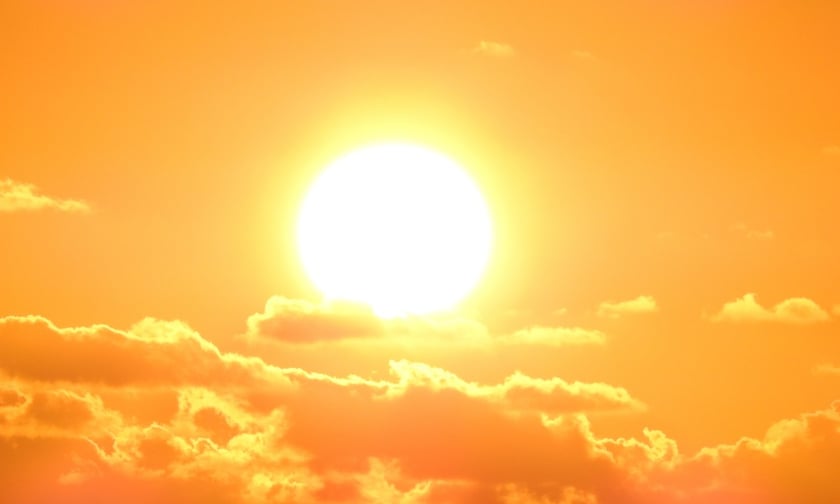

New climate projections reveal that New Zealand is set to heat up more quickly than previously anticipated, with the latest data showing faster warming across the country. NIWA's chief climate scientist, Andrew Tait, emphasised the urgency for communities to utilise the updated projections to prepare for the future impacts of climate change.
Tait explained that if global greenhouse gas emissions are not curbed swiftly, New Zealand could experience a temperature rise of up to 3°C by the end of this century, according to a Radio New Zealand report. Currently, the country's average temperatures have already increased by 1.1°C since the early 20th century. Even with significant reductions in emissions, New Zealand is still projected to be 0.8°C warmer by 2100.
The refined climate projections, developed using a supercomputer to run global climate models from the Intergovernmental Panel on Climate Change (IPCC), offer more localised insights, zooming in on 5km x 5km sections of New Zealand. These projections confirm higher temperatures and a generally drier climate under all emissions scenarios.
Tait noted that while the overall pattern of warming remains consistent, the rate of warming is accelerating. "By mid-century, New Zealand will be about 0.2°C warmer than earlier predictions, and by the end of the century, that increase could reach up to 0.9°C more than expected," he said.
The new data also suggests a slight drying trend across the country, particularly in the North Island and the east of the South Island, which could impact water security and the agricultural sector. However, this does not mean a reduced risk of extreme weather events, RNZ reported. "Heavy rainfall events, which cause flooding and landslides, will continue to increase as the atmosphere's capacity to hold moisture rises with higher temperatures," Tait said.
Despite the concerning trends, Tait underscored the importance of using the data to build resilience and protect communities. "The more we know, the better we can prepare," he said.
The Ministry for the Environment has made these updated projections publicly available through an online tool, allowing users to explore future scenarios for drought, rainfall, wind, and temperature under various emissions levels. This tool is expected to aid local councils, iwi, and businesses in planning for the impacts of climate change, ensuring better access to data for informed decision-making.
